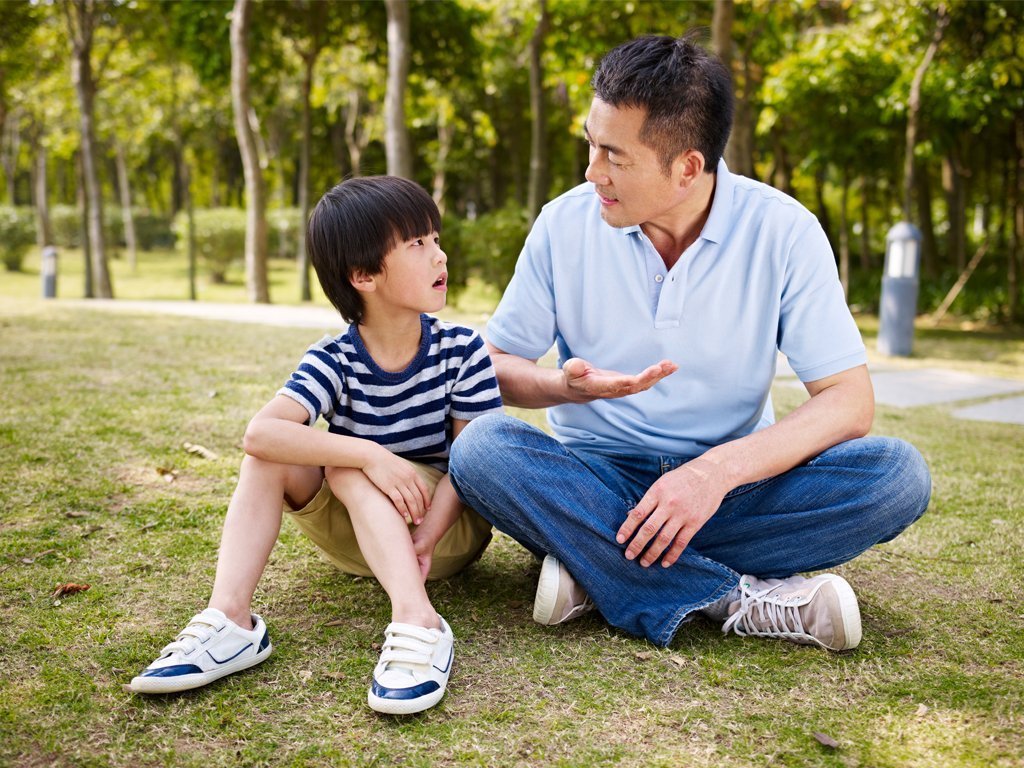
You may have heard of therapies for anxiety other than CBT or medication. For instance, you have probably heard the term “mindfulness” or heard news about the benefits of Mindfulness-Based Stress Reduction. It’s important to know about your options so we offer a brief synopsis of the data on several types of treatment for child anxiety:
Mindfulness-based stress reduction (MBSR) was described by Dr. John Kabat-Zinn as “paying attention in a particular way: on purpose, in the present moment and non-judgmentally.” In children and teens, the goal is to teach them how to attend to their breath or learn how to be “present” by focusing on their senses, so that they can get distance from their emotions and thoughts and then “mindfully” choose their response rather than reacting to them. The treatment was designed for adults and most of the research has been done with adults. Although there is evidence that MBSR is feasible and acceptable to children and teens, the research is still in its infancy and more data is needed before it can be evaluated in terms of whethe or not it meets criteria as an established treatment. In many ways, there are similarities with CBT as they are both very much from a similar position of not “fighting” or “making” the anxiety go away, but to build awareness and agreeing to “let it come and go.”
See:
Biegel, G. M., Brown, K.W., Shapiro, S. L., & Schubert, C. M. (2009). Mindfulness-based stress reduction for the treatment of adolescent psychiatric outpatients: A randomized clinical trial. Journal of Consulting and Clinical Psychology, 77(5), 855-866. Kabat-Zinn, J. (1990). Full catastrophe living: Using the wisdom of your body and mind to face stress, pain, and illness. New York: Dell.
There are other treatments for treating anxiety in kids, like Acceptance and Commitment Therapy (ACT), Play therapy, Art therapy and Music Therapy. Acceptance-, mindfulness- and meditation-based therapies for youth are adapted from adult programs. They share a goal of teaching breathing, present focus, acceptance, and compassion without judgment of emotions so that the child can handle emotions with greater ease and less struggle (Simkin& Black, 2014). While the data suggest the treatments are acceptable, we are awaiting further data on efficacy for child anxiety.
Art Therapy
Art therapy is designed to facilitate positive change through engagement with the clinician, art materials, and other clients in a safe environment (Waller, 2006). There are a variety of formats for art therapy, but there are several key components: creating a safe space, gradually sharing with the group or with the clinician, increasing self-esteem, and expressing and processing emotions.Art therapy is not an empirically supported treatment for and not typically used with youth with anxiety disorders.
Music Therapy
Music therapy is thought to be more accessible for youth who have difficulty communicating their emotions with others (Goldbeck&Ellerkamp, 2012). Youth use musical play to express and regulate their emotions and to communicate their feelings with others. Although music therapy programs vary greatly, initial sessions typically consist of learning and singing a welcome song, learning relaxing songs, and engaging in structured improvisational play (e.g., “guide and follow” playing with the clinician). Clients continue to practice and listen to the relaxation song throughout treatment, and continue to work through their anxiety with structured improvisational play and the identification of emotions in music.Music therapy is not an empirically supported treatment for and not typically used with youth with anxiety disorders.
Play Therapy
Play therapy is based on the premise that the relationship between the child and therapist is what is therapeutic (Stulmaker& Ray, 2015). This intervention takes place in a room with toys that enable the child to express his or her emotions and thoughts, the therapist’s role being the facilitation of the child’s expression of these (Stulmaker& Ray, 2015). This intervention is focused on creating a safe space for the child to communicate thoughts, emotions, experiences, and behaviors through play. Play therapy is not an empirically supported treatment for and not typically used with youth with anxiety disorders.
Although there may be benefits of these approaches for anxiety, there is very little data on the efficacy of Art, Music, and Play therapy for the treatment of child anxiety and so they are not generally recommended as first-line treatments or considered empirically supported treatments for anxiety in youth.